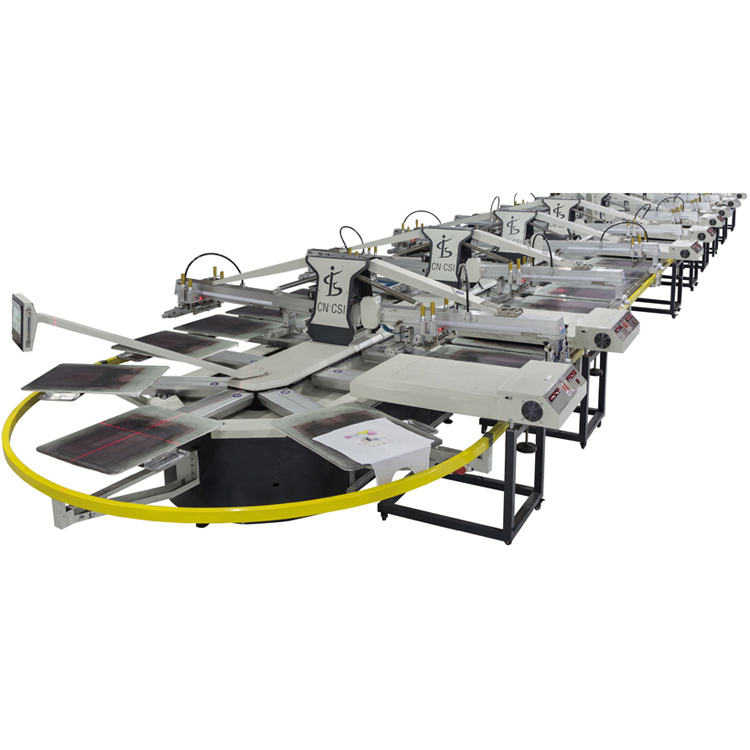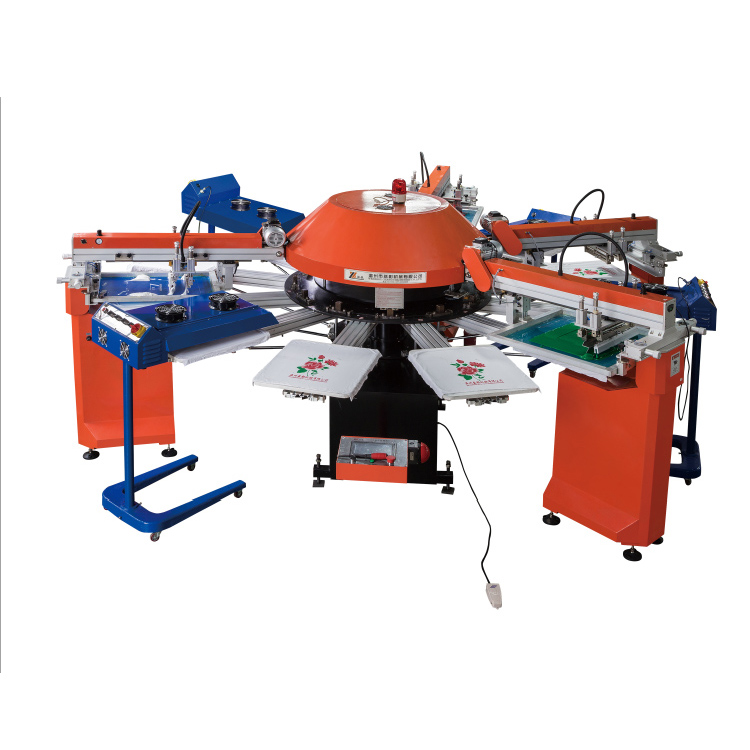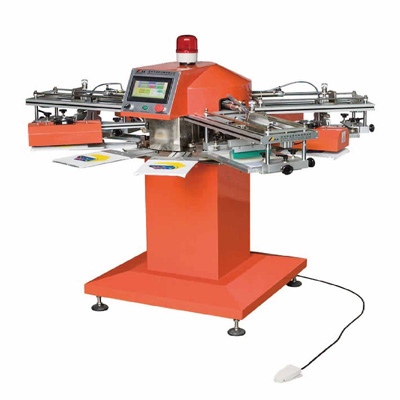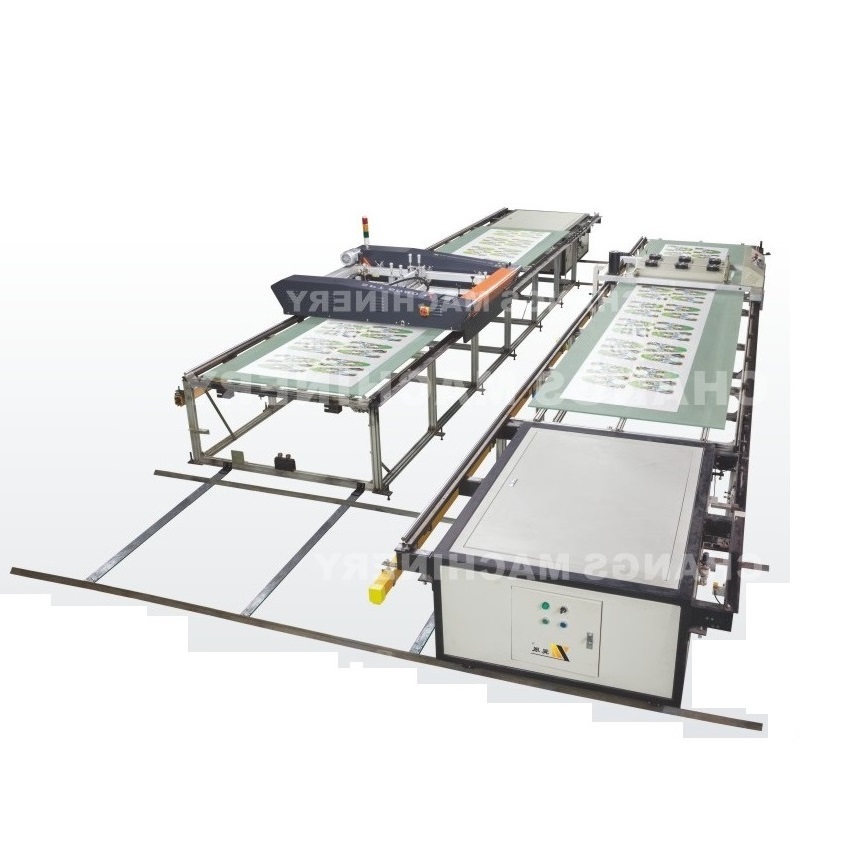Heat transfer is a fundamental physics concept, especially crucial in the operation of a Heat Transfer Machine.
Definition and Basics
Heat transfer is the movement of thermal energy from a high - to low - temperature region. It's driven by the temperature difference between two points or substances. There are three main modes: conduction, convection, and radiation.
Conduction
Conduction is heat transfer through direct contact. In solids, vibrating particles transfer kinetic energy. For example, heat moves along a heated metal rod. The rate depends on material thermal conductivity, temperature gradient, and the object's geometry.
In a Heat Transfer Machine, heating elements often use high - thermal - conductivity materials like copper or aluminum. In a fabric - printing hot - press machine, the heating platen conducts heat from the element to the transfer paper and fabric. Uneven heat conduction can cause inconsistent transfer, like uneven color or poor adhesion.
Convection
Convection transfers heat through fluid movement. A temperature difference in the fluid creates a convection current.
In a Heat Transfer Machine, convection aids drying and curing. Industrial - scale machines use fans or blowers to force hot air over materials, speeding up ink or adhesive drying. Optimizing the heat - transfer chamber's air circulation ensures consistent drying and better results.
Radiation
Radiation transfers heat through electromagnetic waves, without needing a medium. All objects emit and absorb thermal radiation, depending on temperature and emissivity.
Advanced Heat Transfer Machines use infrared radiation for specific heating. It can penetrate materials, making it ideal for heat - sensitive materials or intricate designs. For example, it can cure inks on thin films without overheating.
Significance in Heat Transfer Machine Operation
Efficient heat transfer in a Heat Transfer Machine is vital for high - quality results. Controlling conduction, convection, and radiation ensures accurate, durable, and visually appealing transfers. Optimizing these mechanisms boosts productivity, cuts processing times, and improves product quality. This meets market demands and drives heat - transfer technology development in industries like textiles, packaging, and electronics.
In summary, understanding and using the three heat - transfer modes is key to maximizing Heat Transfer Machine performance and output quality, making them important in modern industrial production.







